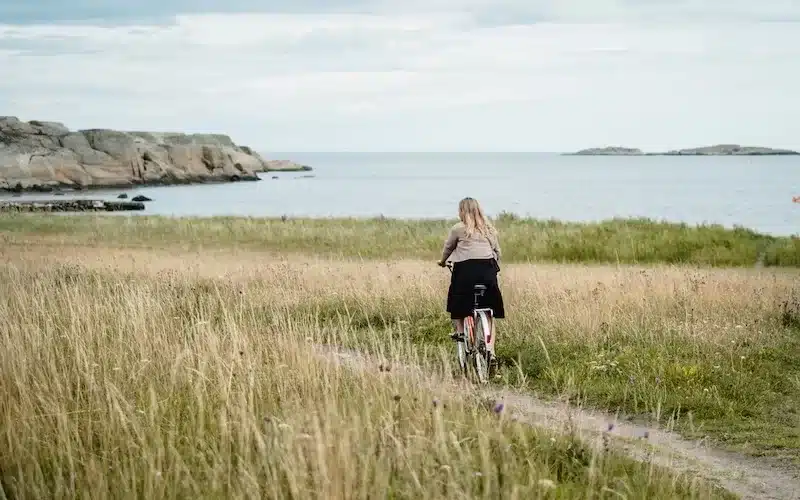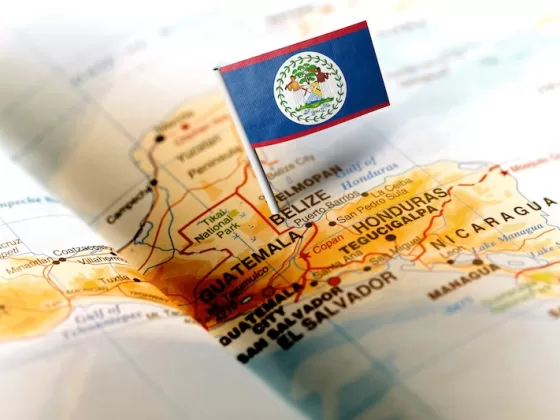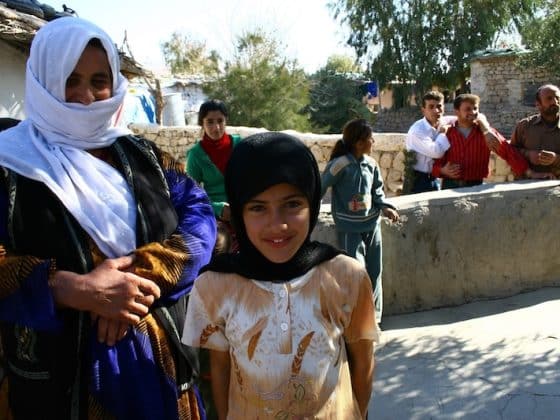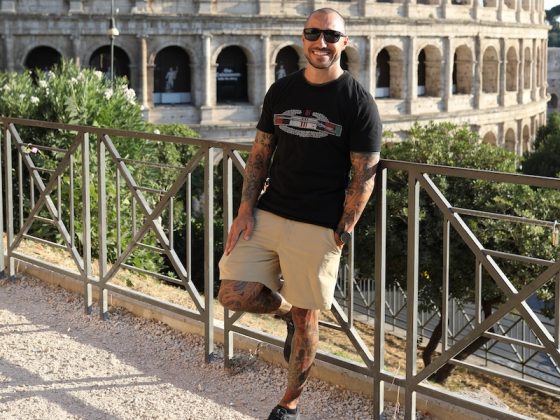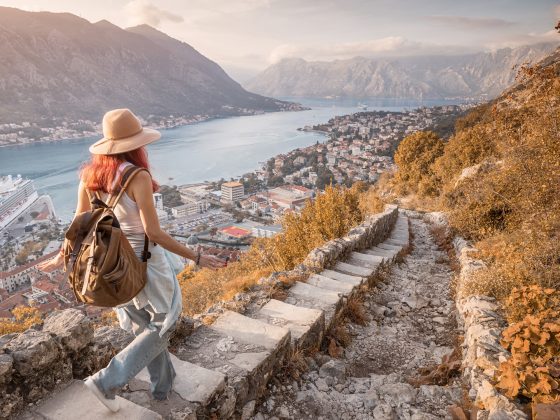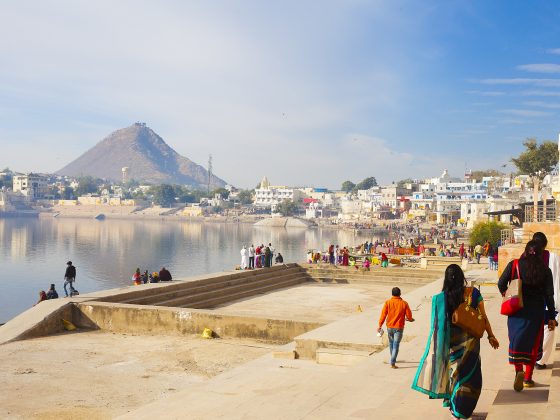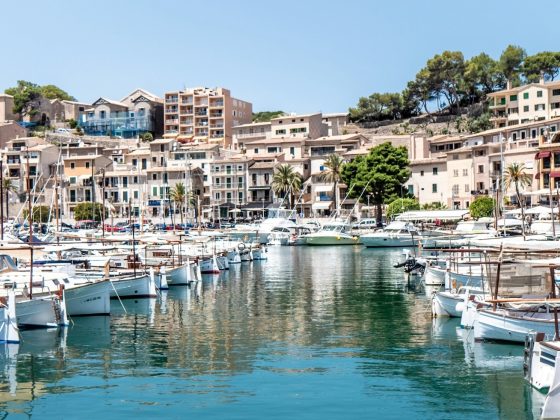Why Are the Nordic Countries So Happy, Join me as I explore their joyful way of life and share my personal experiences exploring their culture, community, and calm.
One Gap Year to a Life Rewritten
I was 22 when I first boarded a flight north, suitcase rattling and heart full of anticipation. I had just graduated from university in Dublin, and while most of my friends were heading to Australia for their gap years, I wanted something different—something quieter, colder, and somehow more honest. The Northern Lights had been on my bucket list for years, so I booked a one-way ticket to Tromsø, Norway.
What was meant to be a few months of adventure turned into two and a half years of drifting across the Nordics. I worked odd jobs in cafés in Oslo, taught English in a small town outside Helsinki, volunteered at an organic farm in Sweden, and spent an unforgettable summer cycling through Denmark’s coastal villages. Somewhere along the way, I met a fellow Irish traveler, and after those luminous Nordic chapters, we moved back home together. But even now, years later, the North stays with me—in how I spend my weekends, how I measure time, and how I define contentment.
Writing this piece is less about nostalgia and more about understanding why so many Nordic cities consistently dominate global happiness indexes. The data is compelling. But beneath the numbers lies something more nuanced—a blueprint for how urban life can work, when you let people breathe.
Years later, the North stays with me—in how I spend my weekends, how I measure time, and how I define contentment.
Read more like this: Happiest City in Australia
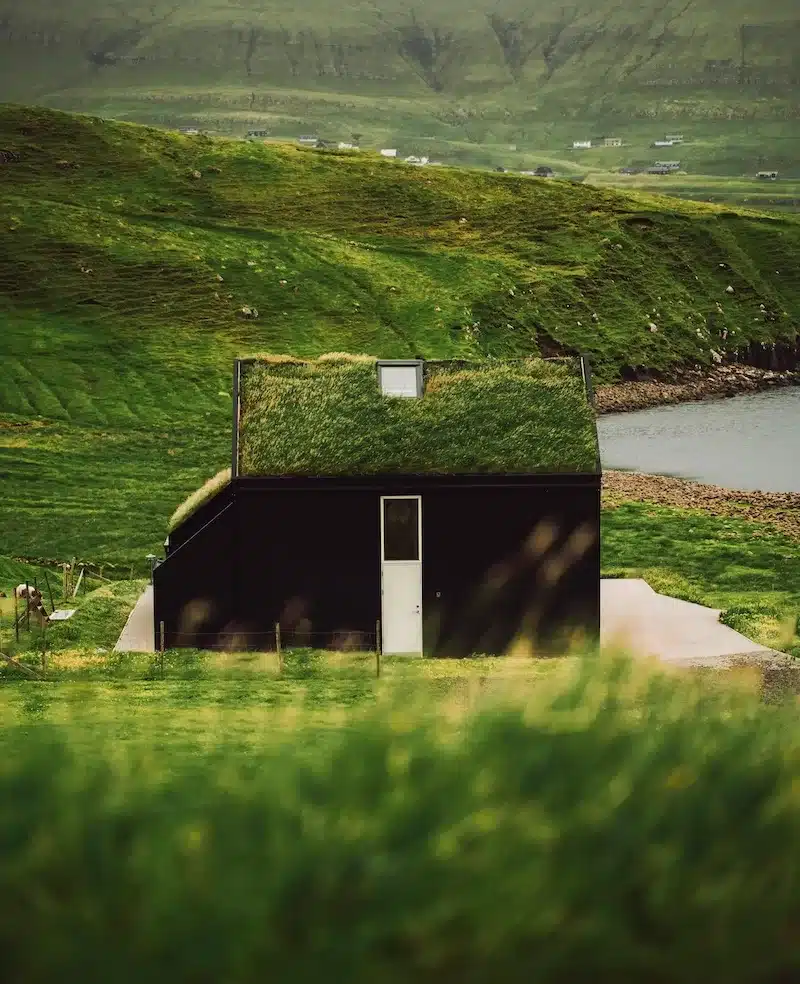
The Rankings Tell One Story, but the Streets Tell Another
In the latest Happy City Index, four of the top ten spots were claimed by Nordic cities: Copenhagen, Helsinki, Stockholm, and Oslo. Other rankings—from the World Happiness Report to the OECD Better Life Index—tell a similar story. Metrics around safety, trust in government, work-life balance, and social equality repeatedly elevate this corner of the world above global peers.
But happiness here isn’t loud. It isn’t even always joyful in the conventional sense. The streets of Helsinki aren’t brimming with performers. Copenhagen doesn’t sell itself with spectacle. In Stockholm, people rarely make eye contact on the metro. And yet, walking through these cities, you feel it: a quiet, infrastructural contentment.
Metrics around safety, trust in government, work-life balance, and social equality repeatedly elevate this corner of the world above global peers.
Why Are the Nordic Countries So Happy? The Unseen Architecture:
More than anything, what struck me across the Nordics was the undercurrent of trust. It exists between citizens and government, between neighbors, even between strangers on a train platform.
In Denmark, I saw toddlers left sleeping in prams outside coffee shops while their parents sipped lattes inside—a casual symbol of communal safety. In Sweden, I witnessed an unmanned flower stand by the roadside with a sign that simply read: “Swish or leave coins.”
This trust extends into governance. Nordic countries have some of the highest voter participation rates in the world. People believe their taxes are well-spent because, for the most part, they are. Universal healthcare, well-maintained public transport, and affordable education are not political luxuries here—they’re standard expectations.
More than anything, what struck me across the Nordics was the undercurrent of trust. It exists between citizens and government, between neighbors, even between strangers on a train platform.
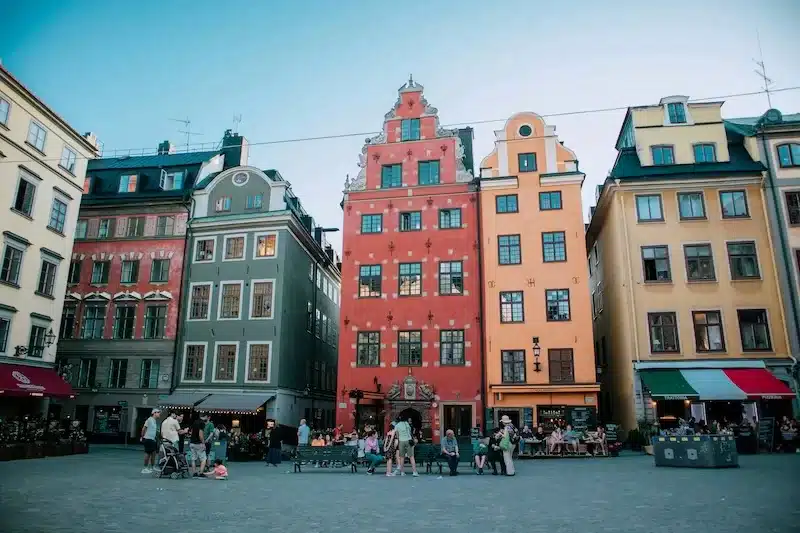
Work to Live, Not Live to Work
Coming from Ireland, I was used to the grind: long hours, after-work pints that masked exhaustion, and weekends lost to errands. The Nordics approach work differently.
In Finland, my employer insisted I take my full summer holiday—four consecutive weeks, non-negotiable. In Denmark, shops closed early and colleagues left on time without guilt. Sweden has its “fika” culture—midday coffee breaks that are about more than caffeine. They’re about pausing, talking, and being human.
This isn’t laziness. Nordic countries have some of the most productive economies in the world. They just don’t equate productivity with burnout. The equation here is simpler: rested people contribute better.
Where Infrastructure Meets Emotional Wellbeing
One of the most consistent threads across Nordic cities is their commitment to human-centered urban design. Streets aren’t dominated by cars—they’re shaped around pedestrians, cyclists, and public life. Copenhagen’s extensive bike network isn’t an add-on; it’s a core transit system. In Helsinki, public saunas along the waterfront serve as both cultural anchors and community gathering spaces. Oslo’s downtown is steadily moving toward being fully car-free, with wide walking routes and expanded green areas replacing traffic lanes.
Across the region, planners design not just for efficiency but for emotional comfort. In Stockholm, public seating is placed to encourage lingering rather than rushing through. In Aarhus, Denmark, waterfront promenades double as social spaces, blending residential calm with public utility.
These are not aesthetic flourishes—they’re intentional choices that make daily life more breathable, walkable, and inherently less stressful. In the Nordics, urban design isn’t about spectacle. It’s about making happiness part of the physical environment.
“In the Nordics, urban design isn’t about spectacle. It’s about making happiness part of the physical environment.”
Read more like this: Where is your happy place?
Weathering the Dark
Of course, it’s not all sunlit bike rides and cozy cafes. Winters in the Nordics are long, dark, and emotionally taxing. But even this, in a strange way, is part of the happiness blueprint.
There’s an emotional literacy here about hardship. Seasonal Affective Disorder (SAD) is openly discussed. Mental health services are widely accessible and often state-funded. In Norway, I was struck by how friends made deliberate plans during winter—sauna nights, movie clubs, morning light therapy sessions. Social isolation was treated not as an individual failing but as a community issue to solve together.
The cultural concept of “lagom” in Sweden—not too little, not too much—and “hygge” in Denmark—creating coziness and connection—are more than lifestyle trends. They’re social tools for resilience.
The cultural concept of “lagom” in Sweden—not too little, not too much—and “hygge” in Denmark—creating coziness and connection—are more than lifestyle trends. They’re social tools for resilience.

Equality as Infrastructure
If trust is the emotional architecture, then equality is the structural one. The Nordic countries consistently score among the lowest in income inequality across the OECD. Gender equity isn’t a corporate buzzword—it’s written into policy.
During my time in Finland, parental leave was a topic everyone spoke about openly—and not just among mothers. Fathers took months off with newborns. In Sweden, I met a city planner who spoke about designing playgrounds with accessibility in mind—so that children with disabilities could play alongside everyone else. Equality here isn’t an aspiration. It’s operational.
Read more like this: The Finnish Formula
Nature Close at Hand
Whether it was hiking Norway’s fjords or sitting beside Finland’s lakes, the Nordics taught me that proximity to nature isn’t a privilege—it’s a right.
Urban green spaces are protected. Public land access laws like “Allemansrätten” in Sweden guarantee that everyone can roam freely across most natural areas. Even in cities, it felt like nature was stitched into daily routines. In Copenhagen, I commuted alongside cyclists heading to work through tree-lined paths. In Oslo, lunchtime joggers filled the forest trails within minutes of leaving their desks.
There’s growing research that links mental wellbeing to daily contact with nature. The Nordics seem to have internalized that long before the studies caught up.

Read more like this: Slow Train to the Great North
Leaving, But Not Letting Go
Eventually, my time in the Nordics came to an end. The pull of home—and, admittedly, a certain Irish someone I met at a Midsummer party in Sweden—brought me back to Dublin.
But the imprint remains. These days, I take long walks—whether it’s raining or the sun is out. I’ve started setting clearer boundaries; saying “no” when work intrudes on personal time. In winter, I light candles and invite friends over simply to sit together, share a meal, and talk. The Nordics taught me that happiness isn’t a mood—it’s a practice.
For those wondering why the Nordic cities continue to top happiness rankings, the answer isn’t simple. It’s not just free healthcare or bike lanes. It’s a combination of trust, design, equality, and emotional pragmatism. A blueprint, if you will. One that I’m still using, thousands of miles away.
Read more like this: 5 Countries with Most Equal Laws Comfortable to Live
Stay in the know: Subscribe to Escape Artist for the latest on the Happiness City Index!
Get all the travel news, international destinations, expat living, moving abroad, Lifestyle Tips, and digital nomad opportunities. Your next journey starts here—don’t miss a moment!
FAQ: Why Are the Nordic Countries So Happy?
1. What are the Nordic countries?
The Nordic countries include Denmark, Finland, Iceland, Norway, and Sweden. They are located in Northern Europe and are known for their strong social welfare systems, high quality of life, and beautiful natural landscapes.
2. What makes the Nordic countries the happiest in the world?
Nordic countries prioritize social equality, universal healthcare, strong education systems, and trust in government—key factors that contribute to high life satisfaction.
3. Which Nordic country is the happiest?
Finland has ranked as the happiest country in the world for several years, according to the World Happiness Report.
4. Is the weather a factor in Nordic happiness?
Despite long, dark winters, Nordic people embrace seasonal living and prioritize outdoor activities, which help support mental well-being.
5. How does the welfare system impact happiness in the Nordics?
Robust social safety nets, free healthcare, and education reduce stress and promote a higher quality of life across all income levels.
About the Author
Aimee Hall is a Dublin-born writer, who after spending two and a half years traveling across the Nordic region, returned to Ireland where she now runs a coastal guesthouse with her husband and their small children.
Contact Author
"*" indicates required fields
Stay Ahead on Every Adventure!
Stay updated with the World News on Escape Artist. Get all the travel news, international destinations, expat living, moving abroad, Lifestyle Tips, and digital nomad opportunities. Your next journey starts here—don’t miss a moment! Subscribe Now!
